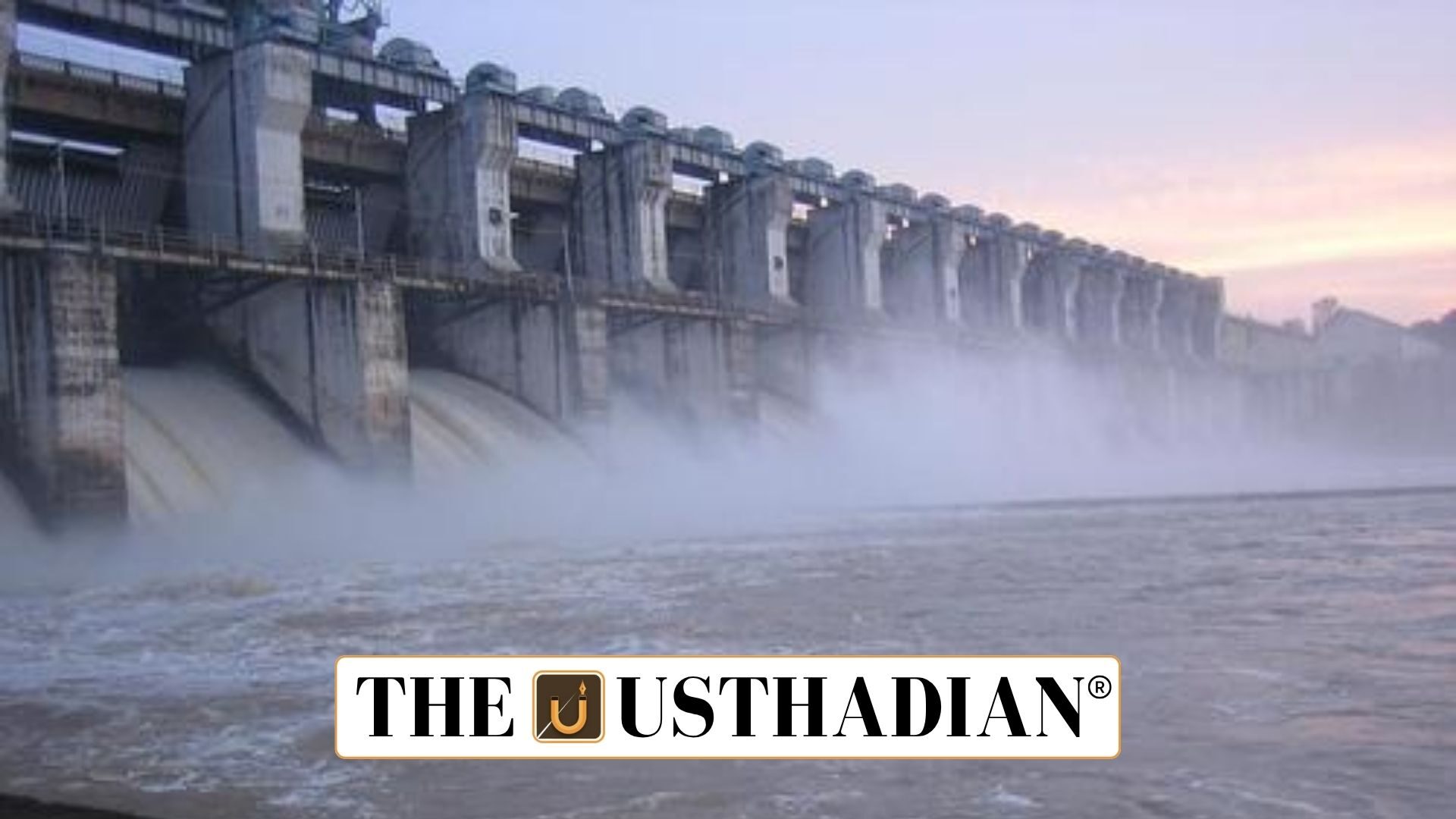Historical water conflict
Mahanadi Dispute Seeks Amicable Resolution: The Mahanadi River, one of the major rivers of eastern India, has been the centre of an ongoing inter-state dispute between Odisha and Chhattisgarh since 2016. The conflict arose when Odisha alleged that Chhattisgarh was constructing barrages and dams in the upper catchment without consultation.
These constructions were said to have reduced water flow during non-monsoon seasons, impacting agriculture and livelihoods in Odisha, the lower riparian state.
Legal battle and tribunal formation
The matter escalated, leading to the formation of the Mahanadi Water Disputes Tribunal (MWDT) in 2018 under the Inter-State River Water Disputes Act, 1956. The Supreme Court had earlier directed the Central Government to set up the tribunal to address Odisha’s complaint.
The MWDT, which includes expert members and a Supreme Court judge, is yet to give a final verdict. Meanwhile, the Central Water Commission (CWC) continues to monitor river flows and maintain interim data transparency between both states.
Static GK fact: The Mahanadi River originates from Sihawa in Chhattisgarh and flows through Odisha before draining into the Bay of Bengal, covering over 850 km.
Recent developments and willingness to cooperate
In August 2025, both Odisha and Chhattisgarh expressed interest in resolving the dispute amicably. The states have shown signs of reducing reliance on litigation and focusing on mutual dialogue and technical consultation.
This shift marks a positive turn, considering earlier years of political tensions, legal notices, and multiple hearings before the MWDT. Talks include sharing real-time hydrological data and future irrigation needs.
Static GK Tip: The Inter-State River Water Disputes Act, 1956 allows the Centre to constitute tribunals when negotiations between states fail, and its decision is final and binding.
Constitutional and legal provisions
Article 262 of the Constitution empowers Parliament to legislate for resolving inter-state river water disputes. Under this, the Inter-State River Water Disputes Act and the River Boards Act, both passed in 1956, lay down institutional mechanisms.
While the River Boards Act remains largely unimplemented, it provides for setting up River Boards to advise states on coordinated river development. However, in practice, states prefer independent tribunals like MWDT.
Static GK fact: So far, five water dispute tribunals have been set up in India, including those for Cauvery, Krishna, and Godavari.
Way forward
Effective data sharing, real-time river monitoring, and updated hydrological studies can ensure sustainable water usage. With both states showing signs of cooperation, a joint mechanism may help avoid prolonged legal proceedings and benefit the affected populations.
Static Usthadian Current Affairs Table
Mahanadi Dispute Seeks Amicable Resolution:
| Topic | Detail |
| River involved | Mahanadi |
| Dispute between | Odisha and Chhattisgarh |
| Tribunal formed | 2018 |
| Constitutional basis | Article 262 |
| Relevant Act | Inter-State River Water Disputes Act, 1956 |
| River origin | Sihawa, Chhattisgarh |
| River mouth | Bay of Bengal |
| Length of Mahanadi | Over 850 km |
| Tribunal status | Final decision pending |
| Proposed solution | Amicable resolution through cooperation |








